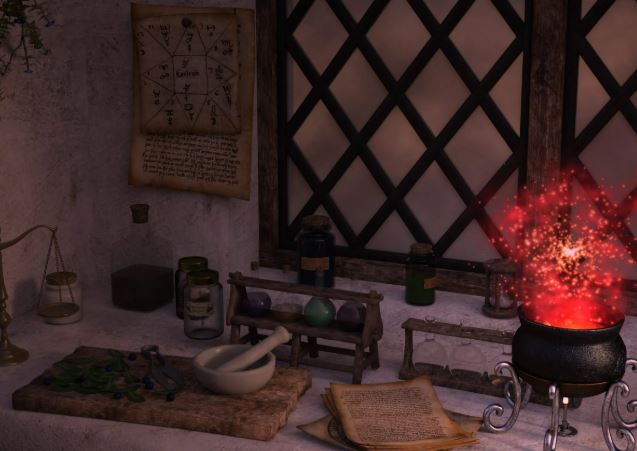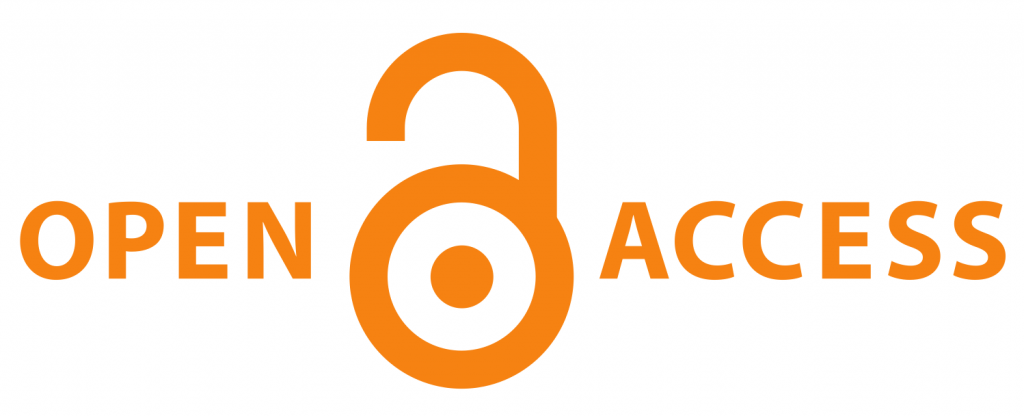Clinical Evidence of Rasāyāushadhī
DOI:
https://doi.org/10.21760/jaims.10.3.27Keywords:
Rasayana, Rejuvenation, Longevity, Anti-aging, Immunity booster, Ayurvedic therapy, Adaptogenic herbsAbstract
Rasāyāushdhī, or rejuvenating Ayurvedic drugs, form a cornerstone of Ayurvedic medicine, aimed at enhancing vitality, longevity, and overall health. These formulations consist of natural herbs, minerals, and metals known for their therapeutic properties.[1] The clinical evidence supporting the efficacy of Rasāyāushdhī has gained attention in recent years, with studies highlighting their potential benefits in immunomodulation, antioxidant effects, cognitive enhancement, anti-aging, and chronic disease management.[2] Key ingredients such as Amalaki, Ashwagandha, Brahmi, and Guduchi have shown promise in clinical trials for improving immune function, reducing oxidative stress, and promoting mental health. Additionally, Rasāyāushdhī formulations have been observed to support detoxification and metabolic health, particularly in conditions like diabetes. Despite the growing evidence, challenges such as variability in formulations, quality control, and the need for large-scale trials remain. This review underscores the need for continued scientific exploration to validate the traditional use of Rasāyāushdhī and integrate these therapies into modern healthcare practices.
Downloads
References
Vagbhata R. Rasa Ratna Samucchaya. Telugu translation by Indraganti VS. 1st ed. Chennai: Indian Medical Practitioners Cooperative Pharmacy Ltd; 1963. p. 453.
Sud S. Brilliance of Rasaushadhi in lifestyle disorders management. J Ayurveda Holist Med. Vol. II, Issue IX.
Shukla AV, Tripathi RD. Charak Samhita. Vol. 1. Delhi: Chaukhambha Sanskrit Pratishthan; 2006. Sutrasthana, Chapter 1, Verse 124–125.
Gautam S, et al. Rasaushadhi (Metallic Medicine)—pharmaceutical factors for safe and effective medicine. IAMJ. 2016; ISSN: 2320-5091.
Kulkarni DA. Rasa Ratna Samuchchya. 14th ed. New Delhi: Meharchand Laxmandas Publications; 1998. p. 94–95.
Bhatta G. Rasendra Sarasamgraha (Satyartha Prakashika Hindi Commentary). 2nd ed. Varanasi: Krishnadas Academy; 1992. p. 5–6.
Prasad KSR. Ayurvedic tradition meets technology. Available from: TechoAyurveda.
Tripathi JS. Role of stress in lifestyle disorders and its management. IJRAP. 2011;2(5):1433–34.
National Center for Biotechnology Information (NCBI). The science of Rasaushadhi and its role in Ayurvedic medicine. Available from: NCBI PMC Article.















